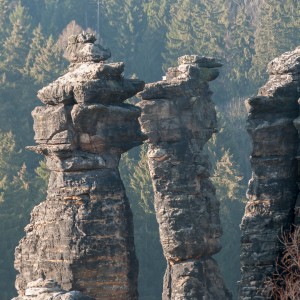
Spending the time after Christmas with friends and leaving home for some nice travel destination has a long tradition with me. This time we decided to discover East Germany’s Saxon Switzerland in winter. (fyi: this is where free climbing was invented) This area is famous for its sandstone table mountains and very popular for climbers from all over the world. Since I am a bit afraid of height, I decided not to climb these rocks and to use the touristy paths instead to get on top. Finally my goal was to take some nice photographs.
When we arrived the first day at the small town of Sebnitz at the Czech border, right after checking-in at the hotel we went to see a friend and his wife who live there. But only half a beer later sunset started and we where told to go to some nice place with a great view over the area.
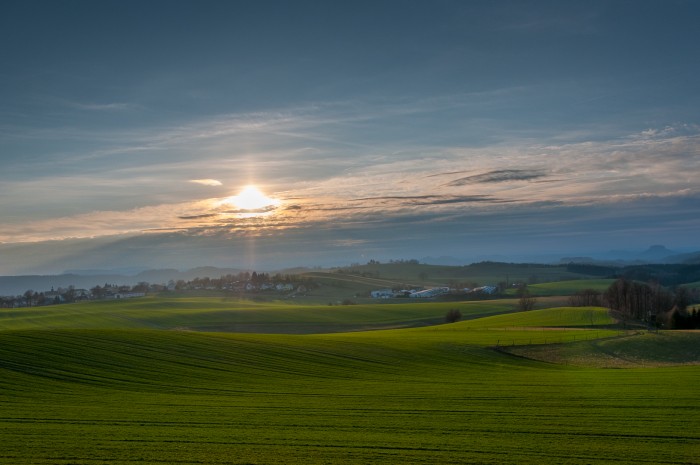
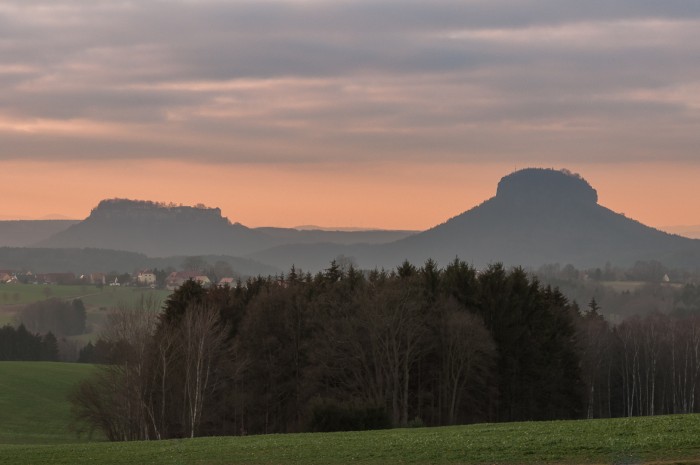
Later that night on our way back to the hotel we stopped at the castle of Stolpen, which sits on a basalt mountain, walked around the high walls of the complex and took some nice night shots. After returning to our hotel we met again with our local friend and chatted over a few beers until way after midnight.
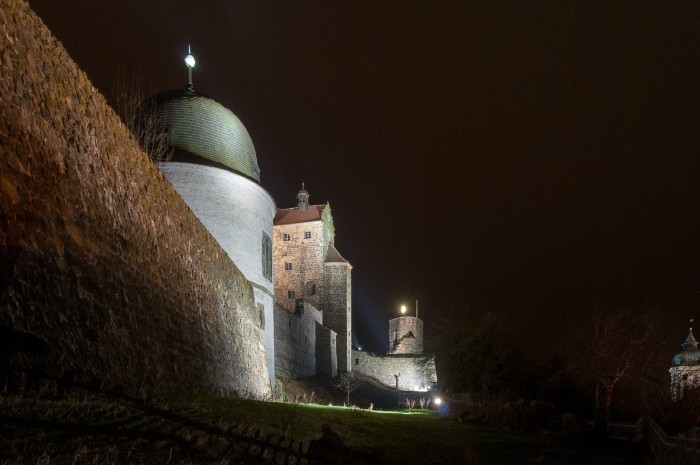
Next day we prepared for a long hike around the Bielatal. First we took the Southeast rim of the valley to change to the other side in the afternoon and walk back to our car. The deep standing winter sun produced a nice colourful and punchy light and made some nice photos possible.
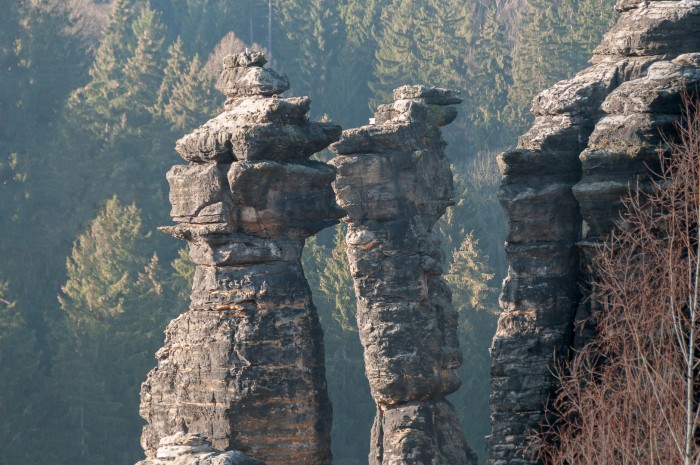
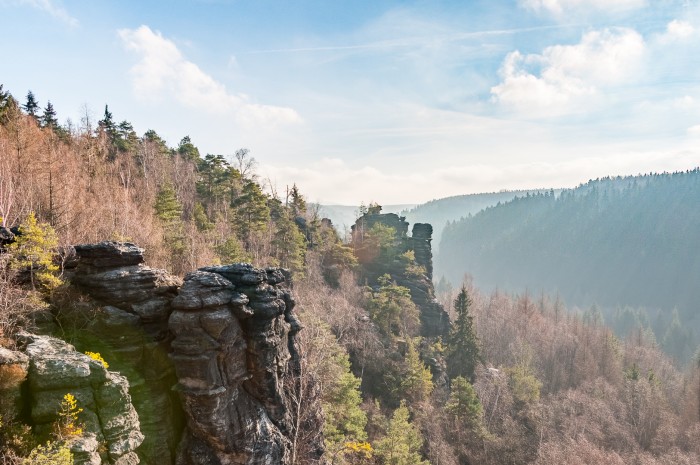
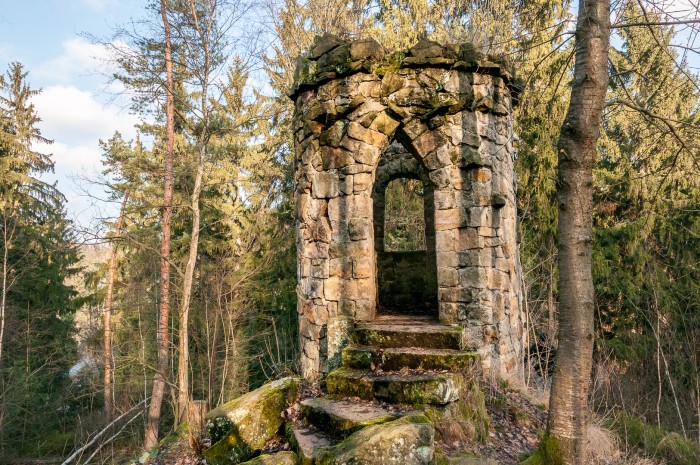
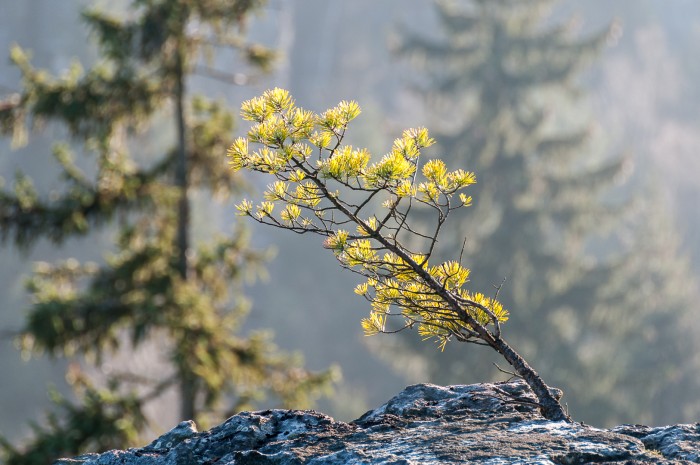
For the night we went to the city of Dresden to visit the ancient christmas market, for having some mulled wine and the compulsory christmas market Bratwurst. Later we strolled around the historic city which was still illuminated in christmas fashion. I could not resist to photograph Dresden at night again.
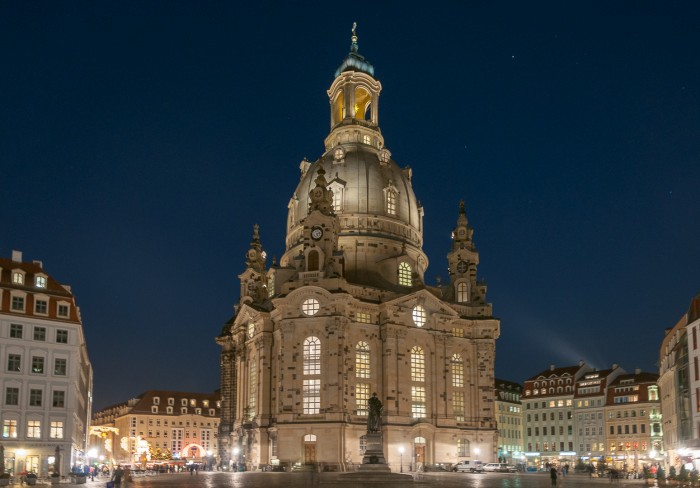
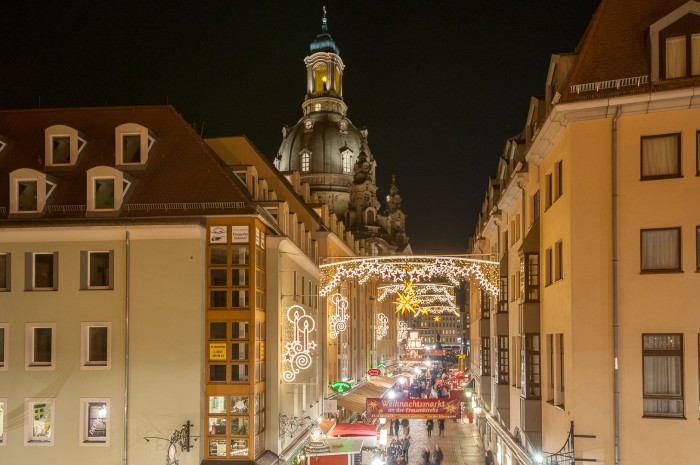
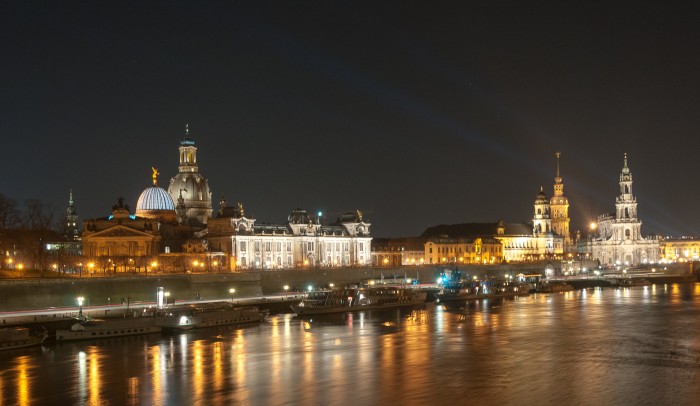
The morning of New Year’s Eve started freezing and stormy. Again we decided to explore one Rock and thus we ended up at the Zirkelstein (Circular Stone). After reaching the top the wind was that heavy, that taking sharp photographs was like gambling. But we withstood these nasty conditions and did our very best to deliver at least some good images.
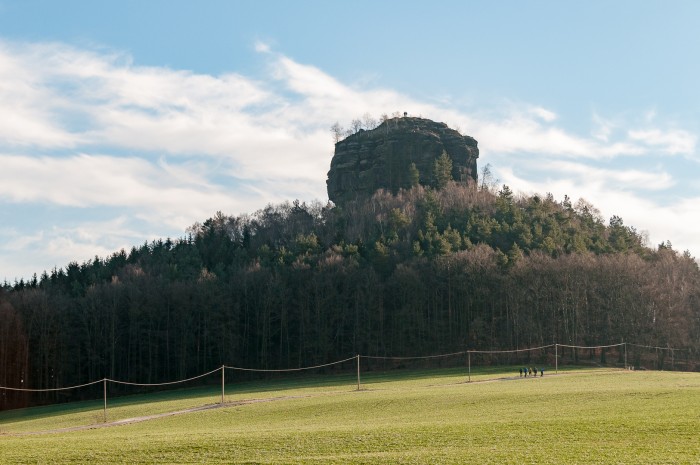

Since discovering this rock just took us part of the day, we got the idea to visit one of the most touristy spots of that area – the famous rock formation of the Bastei (The Bastion) right at the banks of the river Elbe. Who should be there at this late afternoon when everyone prepares for partying at night? Finally we ended up with several thousands of other visitors who must have thought the same 🙂 .
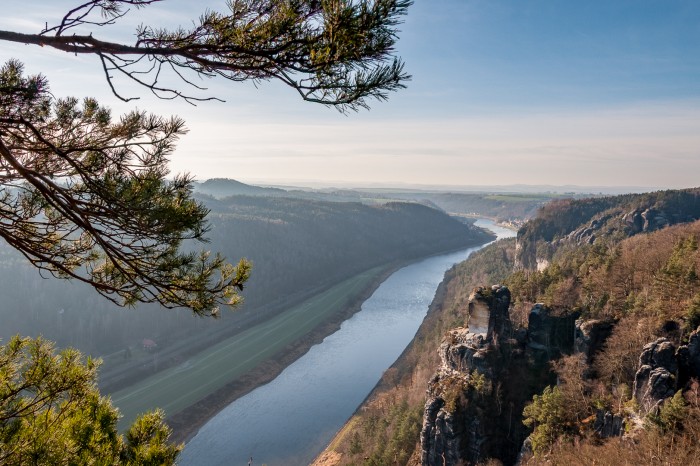
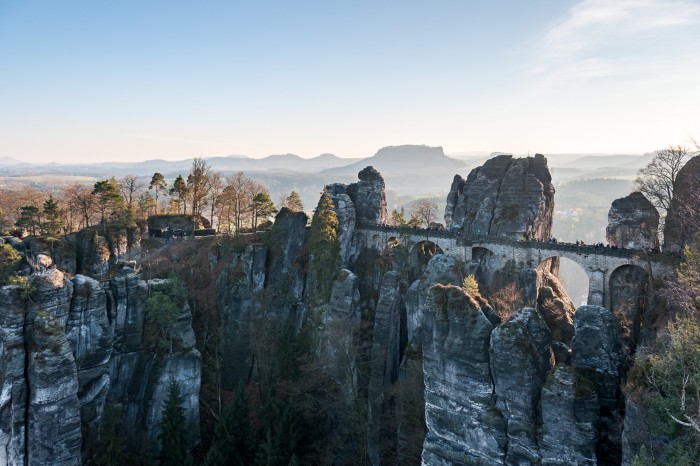
For celebrating New Year’s Eve we went back to Dresden and met at an open air beergarden near the famous “Blue Wonder’s” Bridge, where we had lots of fun and a wonderful view on the venue’s fireworks down on the riverside. From that party no photographs exist anymore.
Next morning we met again with our local friends for a hike to the famous sandstone arch of Prebitzschtor on the Czech side which is already Bohemian Switzerland (this is where some takes of the “Cronicles of Narnia” have been shot). Since we started late and because of some snow over night we arrived too late and unfortunately could not make it to see this attraction. Instead of this we had a great winter walk through snow covered forests followed by yummy food in a regional restaurant.
On the last day of this short vacation again some sandstone rocks waited for us. First we went to the Labyrith which is a huge collection of sandstones with caves and paths and trees inbetween. It can get really loud from time to time because this enormous area is used as the world’s largest outdoor children’s playground. A great place to learn climbing or to play hide and seek.
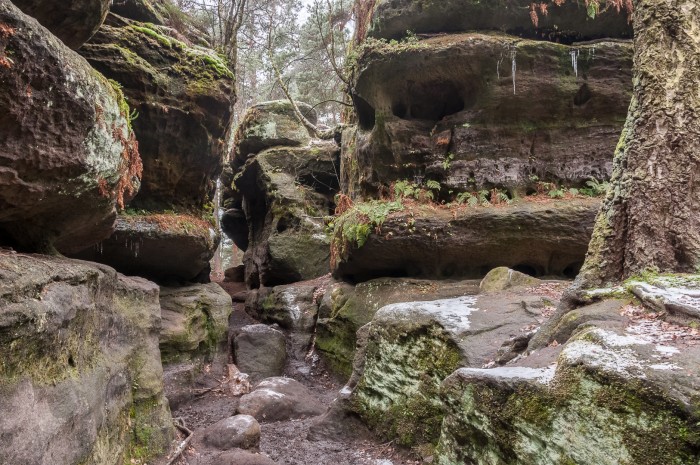
Our last destination was the rock formation of Papststein (Pope Stone). I counted / estimated about 500 steps of wood, stone and steel and enjoyed a great view over the winter landscape. One highlight was the little rustic restaurant on top of the rock where we had really great garlic noodles.
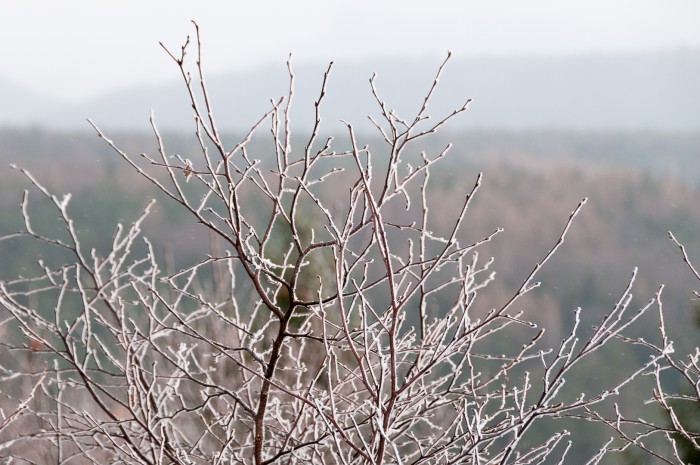
We finished our vacation as we started: with a visit at our friends’ home sitting in front of their fireplace and having some great dinner.
(Info for photogs: Many of the landscape images needed to be HDRed due to the heavy contrast produced by the low winter sun)